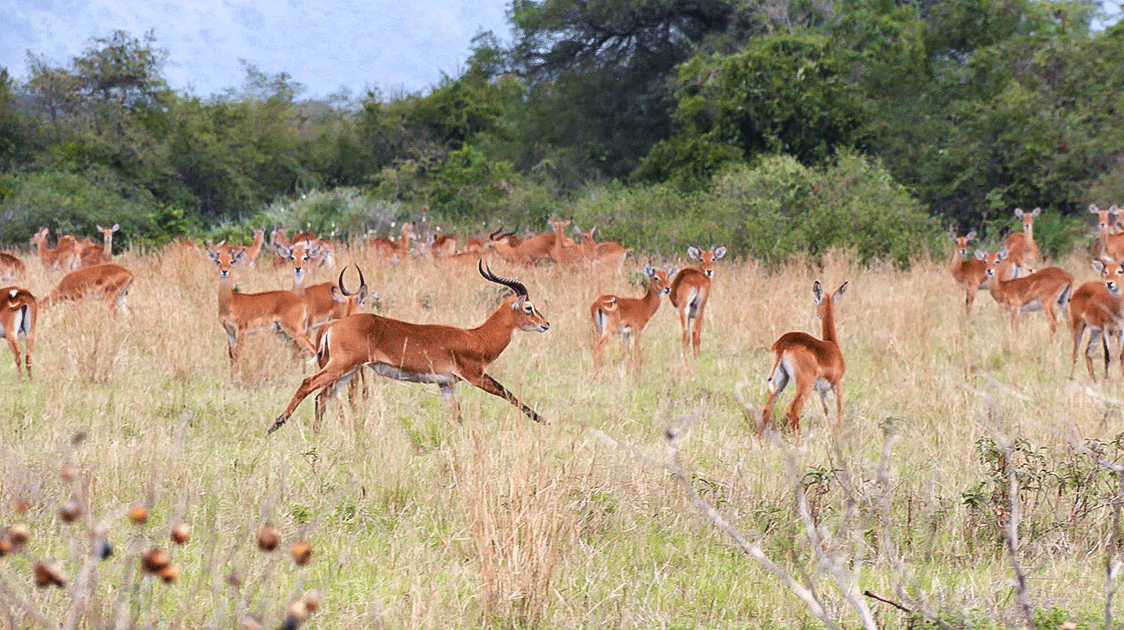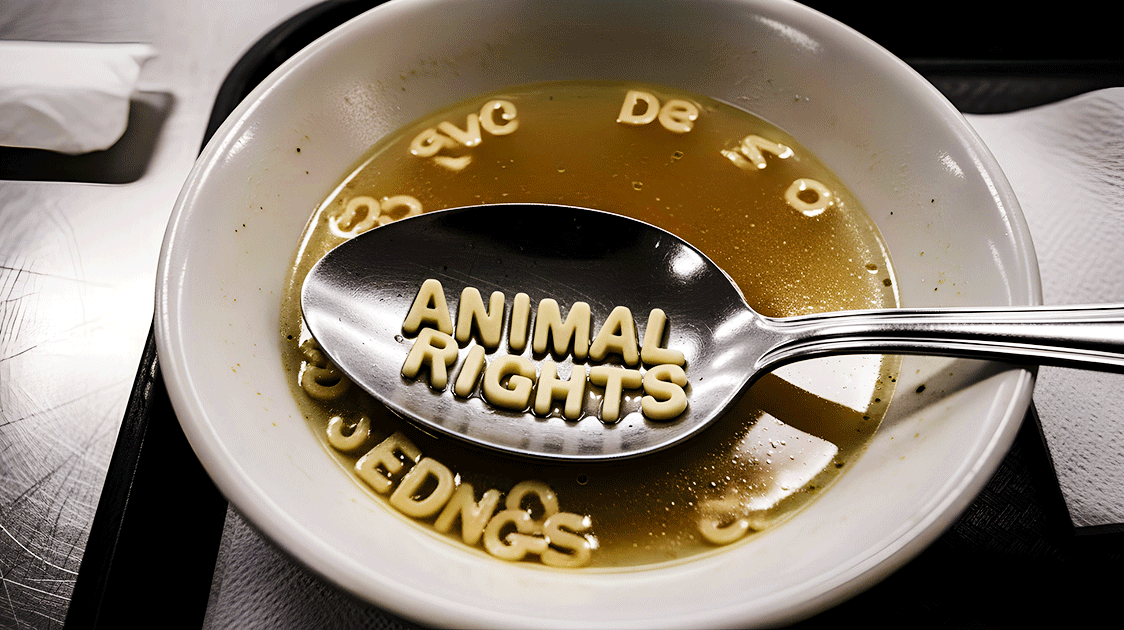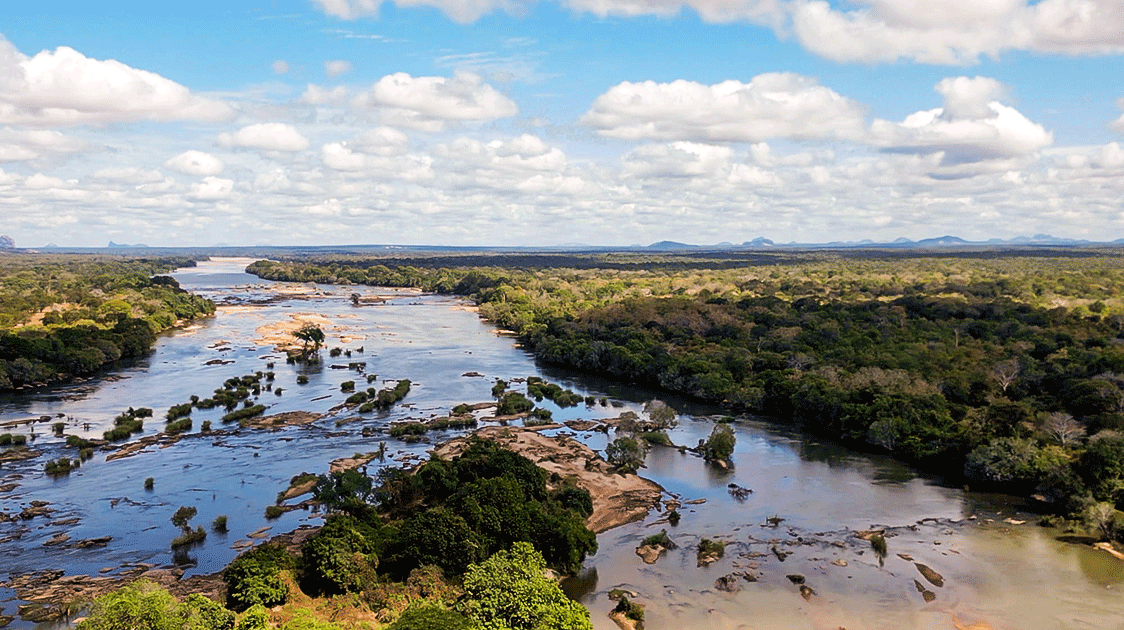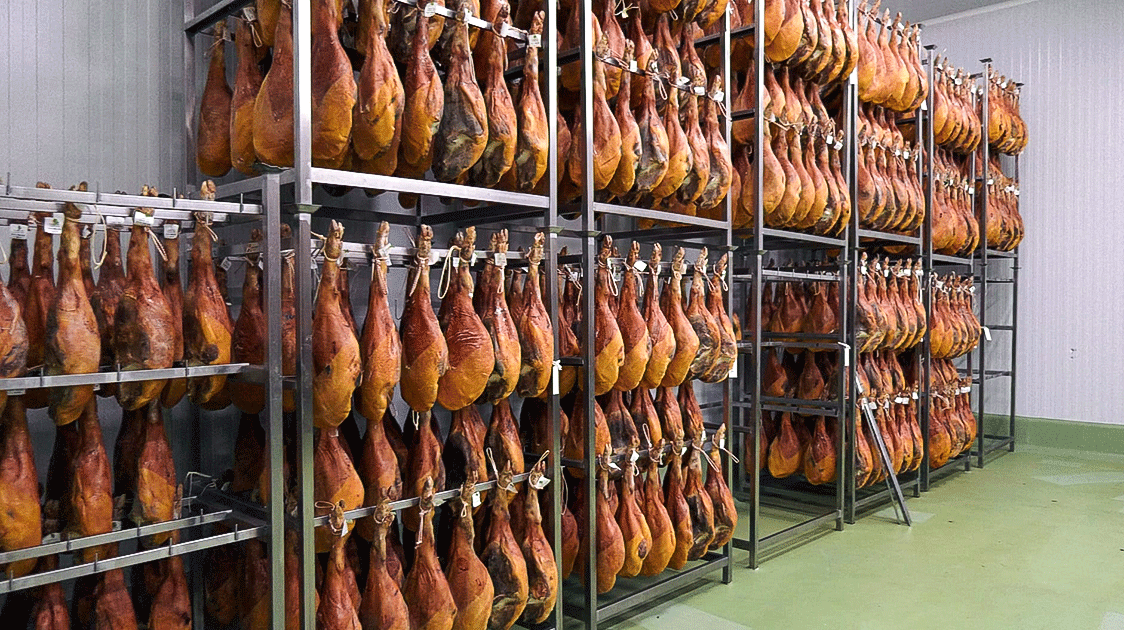Cattle Out, Wildlife In (6-minute Video)

Along the eastern shores of Lake Albert in western Uganda's Hoima District lies a wilderness area you've probably never heard of.
The Kabwoya Wildlife Reserve stands as the only ecologically intact savannah along a 200-kilometer stretch of lakeshore.
Established initially as a controlled hunting area in 1963, this remote wilderness once harbored significant populations of Uganda kob, buffalo, and Jackson's hartebeest.
Then came decades of devastation. From the mid-1970s through the 1990s, civil unrest and the breakdown of law and order left the reserve unmanaged for over twenty years.
Poachers decimated the wildlife, while cattle herders moved in, and by 1982, surveys showed that the once-thriving animal populations had nearly vanished.
The turnaround began in 2002 when Uganda Wildlife Authority officially gazetted the area as a wildlife reserve and leased the safari hunting rights to Bruce Martin, who worked closely alongside local leaders.
Through persistent conservation efforts, the reserve has made a remarkable recovery.
Today, wildlife populations are steadily increasing, with Uganda kob numbering around 8,000 alongside significant numbers of Defassa waterbuck, bushbuck, buffalo, and Jackson's hartebeest.
The rehabilitation of the reserve has been so successful that some species have been relocated to other national parks and wildlife reserves in Uganda.
What makes Kabwoya particularly remarkable is its biodiversity, which extends beyond the plains game. The reserve is home to chimpanzees living in riverine forests along the Hohwa River, leopards, spotted hyenas, and over 460 bird species, including several Albertine Rift endemics.
The dramatic landscape, framed by the Albertine Rift escarpment to the east and offering sweeping views across Lake Albert to the Blue Mountains of the Democratic Republic of Congo, adds to its appeal.




